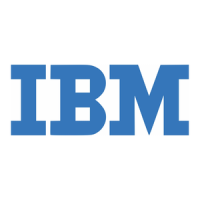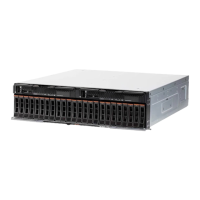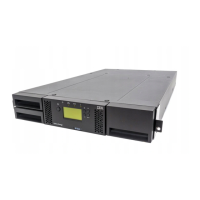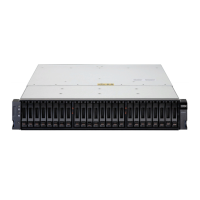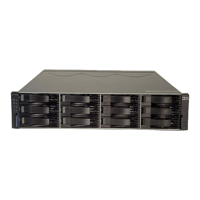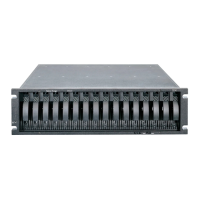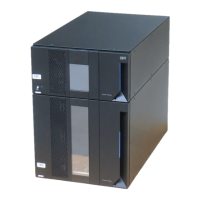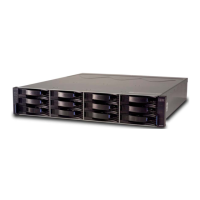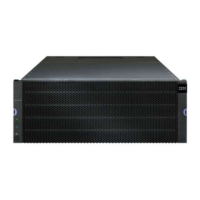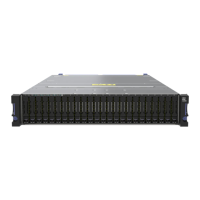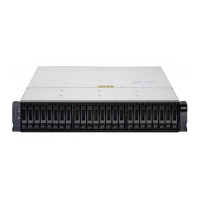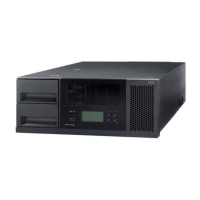292 IBM Midrange System Storage Hardware Guide
After RSM is installed, configured, and activated, here are the steps in a sample scenario for
RSM. See Figure 6-4 on page 291 to understand the flow:
1. For example, an error occurs in one of the storage subsystems and a critical event is
logged in the management station (running DS Storage Manager).
2. The management station reports the critical event to the RSM server through an SNMP
trap. The RSM system receives notification of the critical event and sends an alert to IBM
Service.
When an alert is received from the management station, RSM downloads logs and other
problem determination data, such as the Major Event Log (MEL), Read Link Status (RLS),
and storage system profile of the storage subsystem’s controllers that reports the problem
using the out-of-band Ethernet interfaces, and sends them along with the alert to IBM
Service by e-mail.
SNMP traps are sent by the IBM Storage Manager client or the IBM Storage Manager's
Event Monitor service. As the Storage Manager Client might not always be running, we
recommend that the Event Monitor be installed. See Storage Manager documentation to
learn about the installation of Event Monitor.
See 6.1.5, “Notification e-mail and events filtering” on page 292 to configure the SNMP
trap in Storage Manager.
3. IBM Service does problem determination based on information sent by the alert along with
the problem determination data, such as MEL, RLS, and the subsystem profile. If the
problem can be fixed with existing information, IBM Service contacts the customer either
by phone or e-mail to resolve the problem. After the problem is solved, either IBM Service
or the customer must indicate
Service Complete for all alerts in the RSM. IBM Service can
dial to the RSM modem or use an SSH connection to acknowledge and indicate Service
Complete for all alerts for the subsystem.
4. If the problem cannot be fixed with existing information, IBM Service dials the RSM
modem or uses an SSH connection, acknowledges the alert, and performs
troubleshooting by connecting to the storage subsystem using the Storage Manager
command-line interface (SMcli) or RLOGIN. IBM Service might need to contact the
customer to obtain the password for the storage subsystem to use SMcli. IBM might also
have to contact the customer to enable RLOGIN access. Indeed, we recommend normally
disabling RLOGIN.
If IBM Service needs to send or upload logs or other information from the RSM server to
IBM, they can use FTP or e-mail commands from the Linux shell at the RSM server while
connected through the modem line or using SSH connection. Any data connected is sent
to an IBM server through a customer network, not through the modem line (the modem
connection is a TTY serial console, not an IP connection).
5. After the problem is resolved, all alerts must be closed either by IBM Service or the
customer before reporting will resume for that subsystem.
6.1.5 Notification e-mail and events filtering
The RSM for Storage software sends e-mails to notify you about important changes in status.
Up to 20 contact people can be configured. One will be the primary contact for RSM related
events and will receive all notifications about RSM system operation and problems. The
primary contact will receive all notifications about RSM system operation and problems.
Note: Once the RSM for Storage reports a problem to IBM for a given subsystem, no
additional problems will be reported to IBM for that particular subsystem until all
existing alerts are closed.
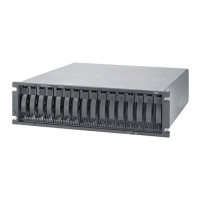
